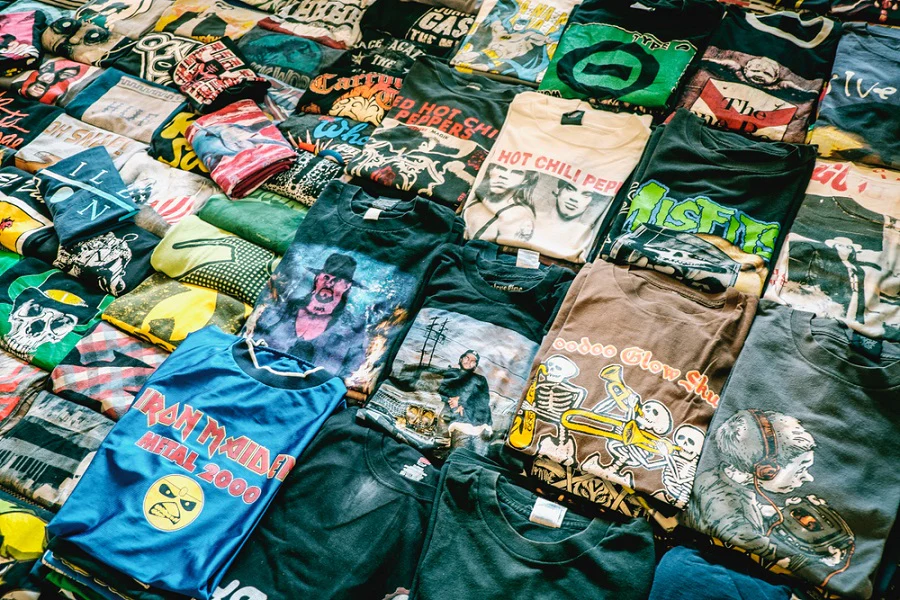So I want to start a little series. In the maze that is the fashion industry, people gravitate towards different niches. Some gravitate towards high street fashion, some towards archive fashion, some towards Y2K, some towards Gorpcore. Personally, I gravitate towards true vintage. Old clothing tells a story; it carries the life of those who have worn it before and accepts the incoming experiences of new owners. There’s also the ethical aspect of it. There is more clothing on the planet to comfortably clothe the entire population and then some. Shopping second hand will always be more sustainable than even the most eco-conscious brands because there is no new production of clothing. Then there’s the historical and influential aspect of it. Most of the new collections that are released today are inspired by vintage reference pieces or references of references. Either way, fashion from decades ago still has a prevalent place in influencing what we wear today. Vintage clothing carries a story with it, rejects the power of huge corporations, and is a constant influence for the future of fashion. This series aims to educate and bring light to some common characteristics that are prevalent in vintage clothing. It will start off with some entry level topics, then as it progresses, we’ll start to dive deeper towards the bottom of the iceberg.
The first topic we’ll cover is the single stitch tee. As one of the first things people learn about when they get interested in vintage clothing, we’ll cover the history of it, what it means, and how to tell a single stitch tee from a regular double stitch tee and ultimately, why you should consider buying them.
If you go to any retail store today and buy a t-shirt, there’s a high chance that it’s constructed with a double stitch along the hem and the sleeves. This has been the standard practice since 1994, when the transition from using a single stitch to a double stitch in t-shirts began. This transition initially occurred due to a plethora of reasons, including better machinery, more efficiency, and cheaper labor.
So why are single stitch tees such a big deal? Well, it all comes down to econ 101, hope you paid attention in high school. Since the halt of production in the mid 90’s, the proportion of single stitch tees to double stitch tees has become lower and lower. Less means rare and rare means valuable. It’s like having the original iPhone or a first edition book. However, the fact that single stitch tees are rare is not the sole reason they are more valuable than many modern tee shirts. They also tend to be softer and constructed with higher quality materials and a better process. Due to the exponential rise in consumerism in the last 20 years, the production of garments has needed to take shortcuts and scale up production in order to keep up with seasonal trends. These shortcuts come in sacrifice to the quality of garments, which further perpetuate hyperconsumerism due to the garments not lasting a long time. When you see a single stitch tee, chances are it’s over 30 years old and if it has lasted 30 years already, it’ll last you a lot longer than any tee shirt you buy from a fast fashion retail store.
Now time for the good stuff, how to tell a single stitch tee shirt from the standard double stitch tee. When you’re overwhelmed by the sheer amount of tees at the thrift, knowing how to tell which ones are better constructed and more valuable can be a useful skill (this isn’t to say double stitch tees can’t be valuable; single stitch tees just have a much higher chance of being so). Like I mentioned before, single stitch tees are constructed with a single seam at the hem and sleeves of the shirt. The easiest and fastest way to find a single stitch tee in a row of tees is by feeling and looking at the sleeve hem. The hems at the bottom and sleeves of single stitch tees tend to be thinner, since they are only stitched across once. If you feel a thin hem on a sleeve, take a look at how it’s actually constructed. If it’s single stitch, it should have just one stitch line going across the hem of the sleeve. Then check the bottom hem of the shirt and see if that is constructed with a single stitch. Usually it is, but sometimes it will be constructed with a double stitch (this could happen by someone tailoring the shirt to make it shorter, which is modernly done with a double stitch). It takes some practice, but pretty soon, you’ll be able to tell a single stitch tee immediately.
The tee shirt on the left is constructed with a double stitch along the sleeve hem. The tee shirt on the right is constructed with a single stitch along the sleeve hem.
So why am I telling you all this? What are the pros of buying a single stitch tee over a double stitch tee and why am I buying dirty old clothes anyways? There’s a plethora of reasons why I choose to do so. First off, it is the more ethical way to consume clothing. When you buy vintage clothing, you are purchasing something that already exists. You aren’t supporting the production of new clothing, which can be harmful to the environment and contribute to waste. One of the alternatives to vintage is fast fashion, which unethically perpetuates low wages, unfair working conditions, and mass pollution. Another reason I gravitate towards vintage fashion is the pricing of it. Compared to ethically produced new clothing, vintage can be a much cheaper option. Also, if you’re interested in high fashion, many pieces are referenced by vintage clothing, which tends to be much cheaper (think Saint Laurent Teddy Jacket, a lot of Bode). Vintage clothing is also more unique than new clothing. It’s rare to find someone wearing the exact same tee shirt or pants you’re wearing if it’s vintage because they all age and fade differently. These are just some of the reasons I gravitate towards vintage clothing, but you could have different reasons.
Either way, the pipeline to get into vintage clothing usually starts with the single stitch tee shirt. And now you know the history of it, what makes a single stitch tee a single stitch tee, and how to find them.





